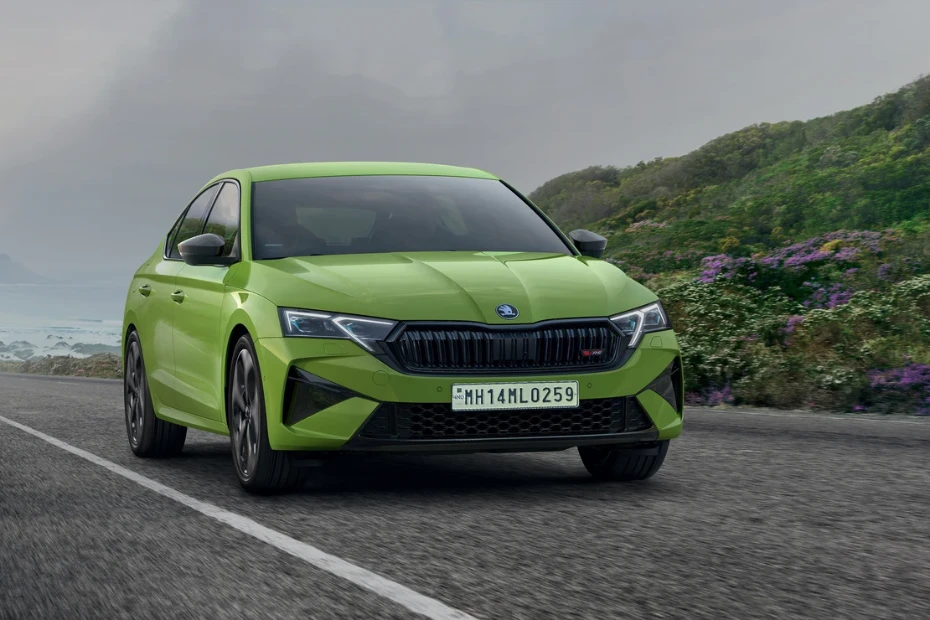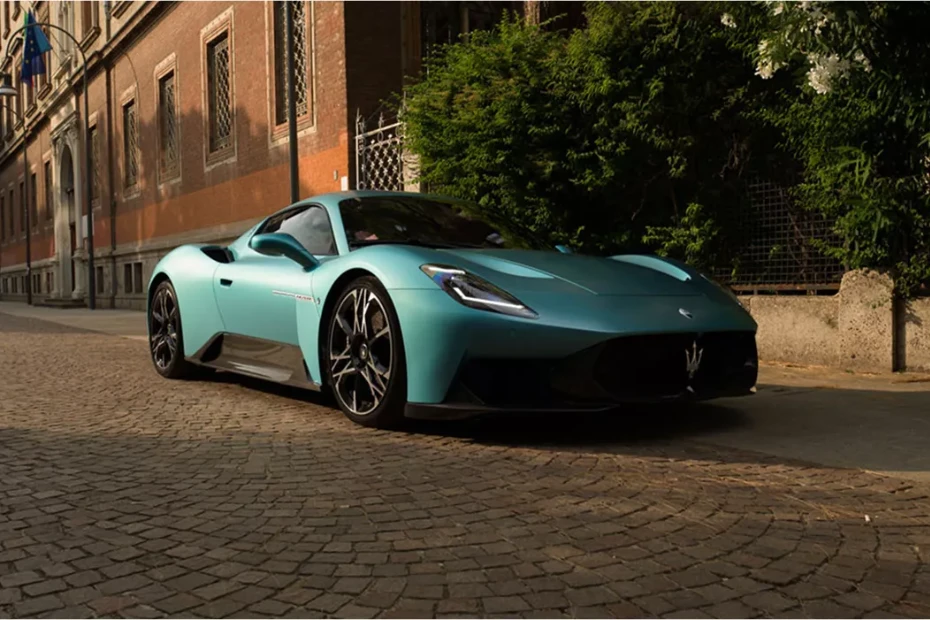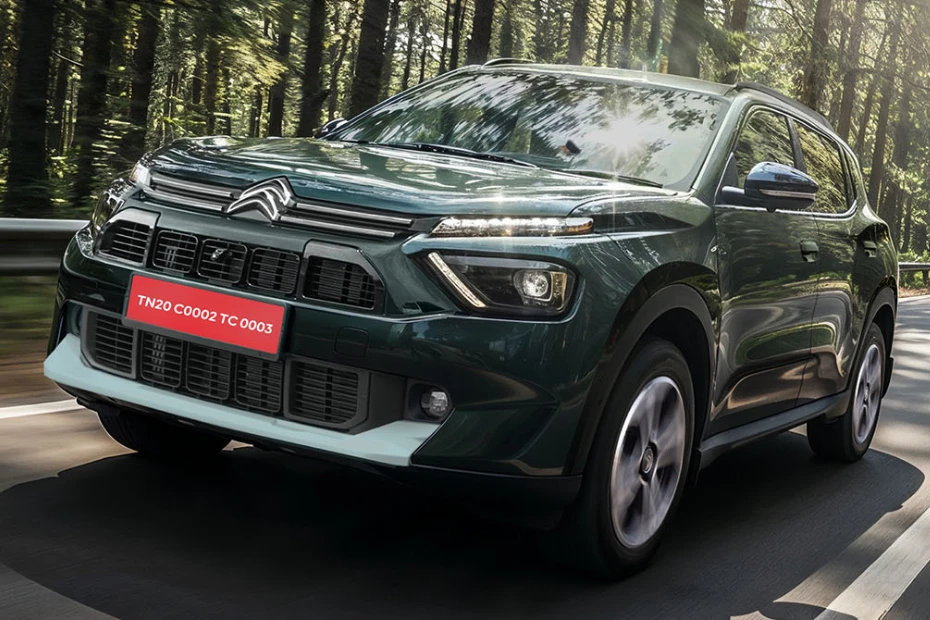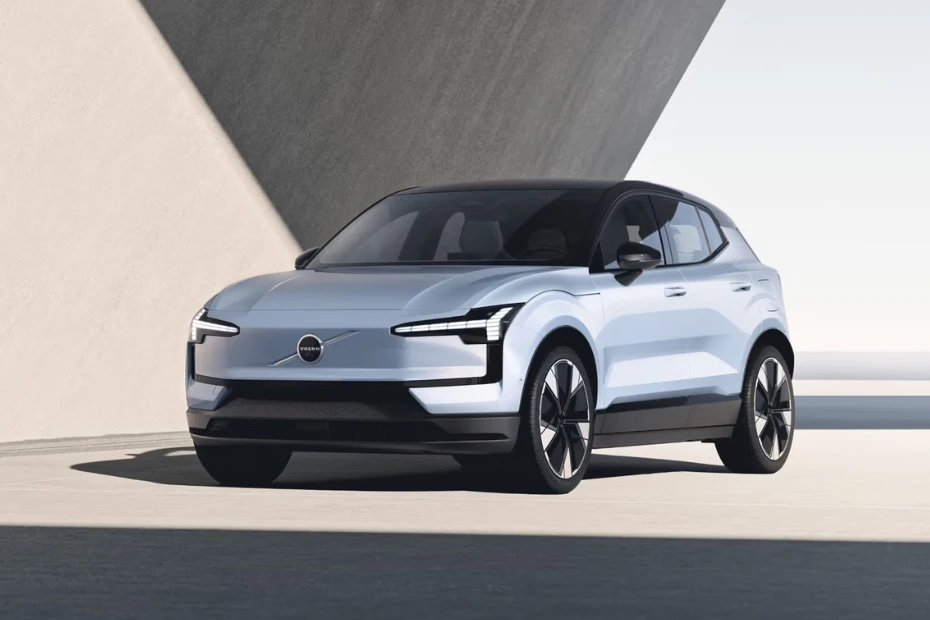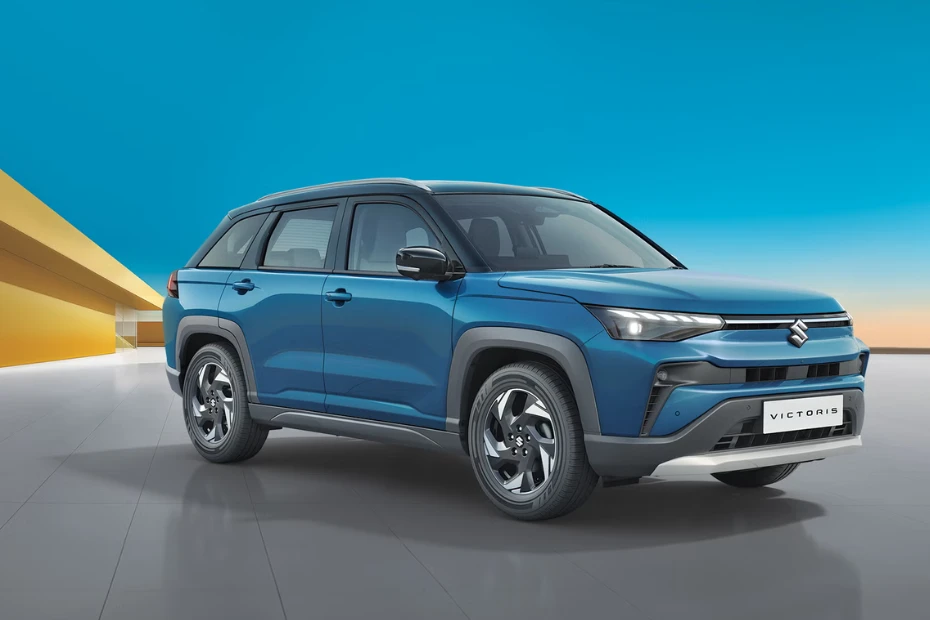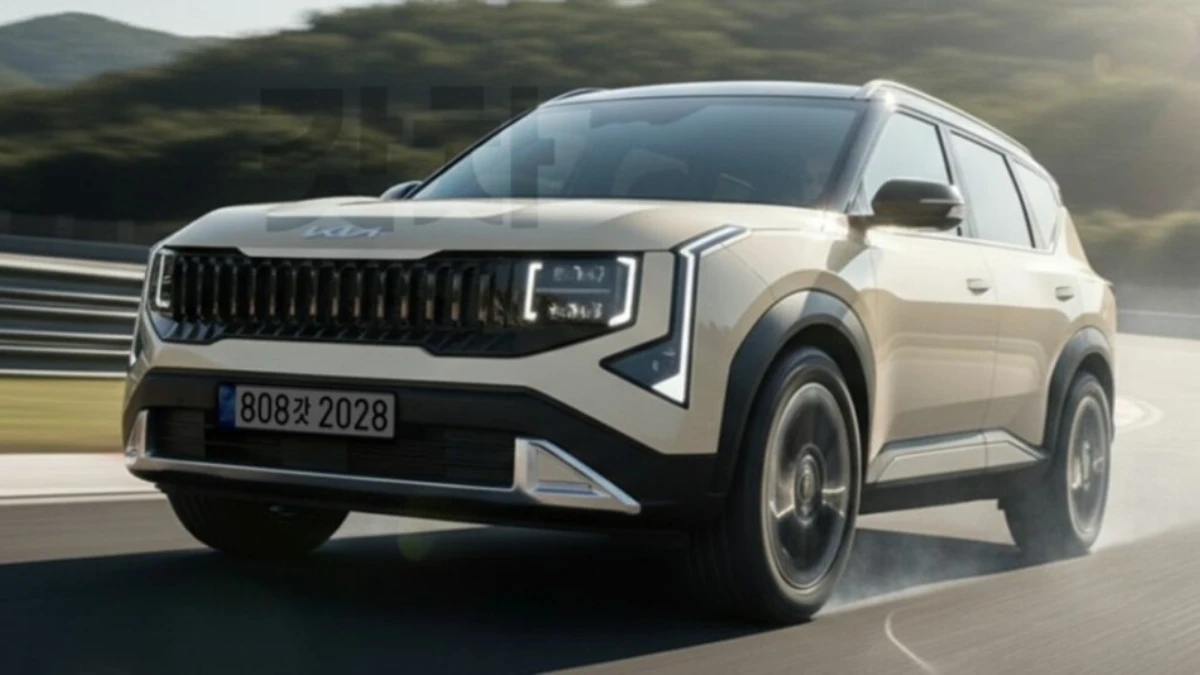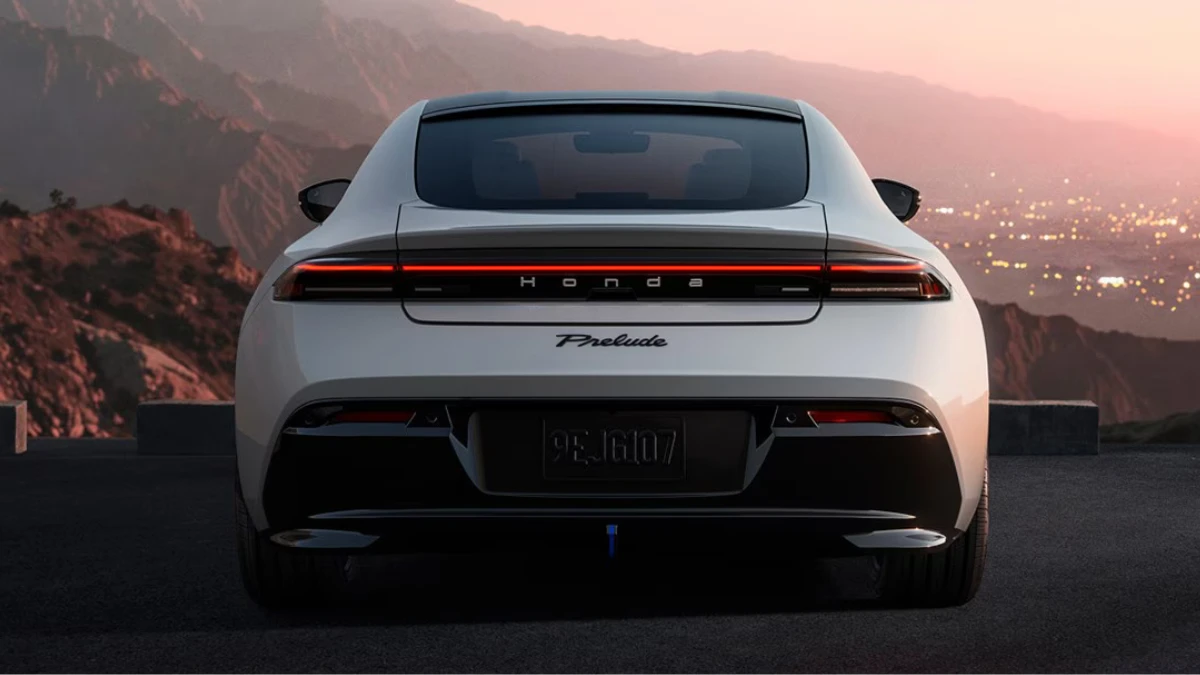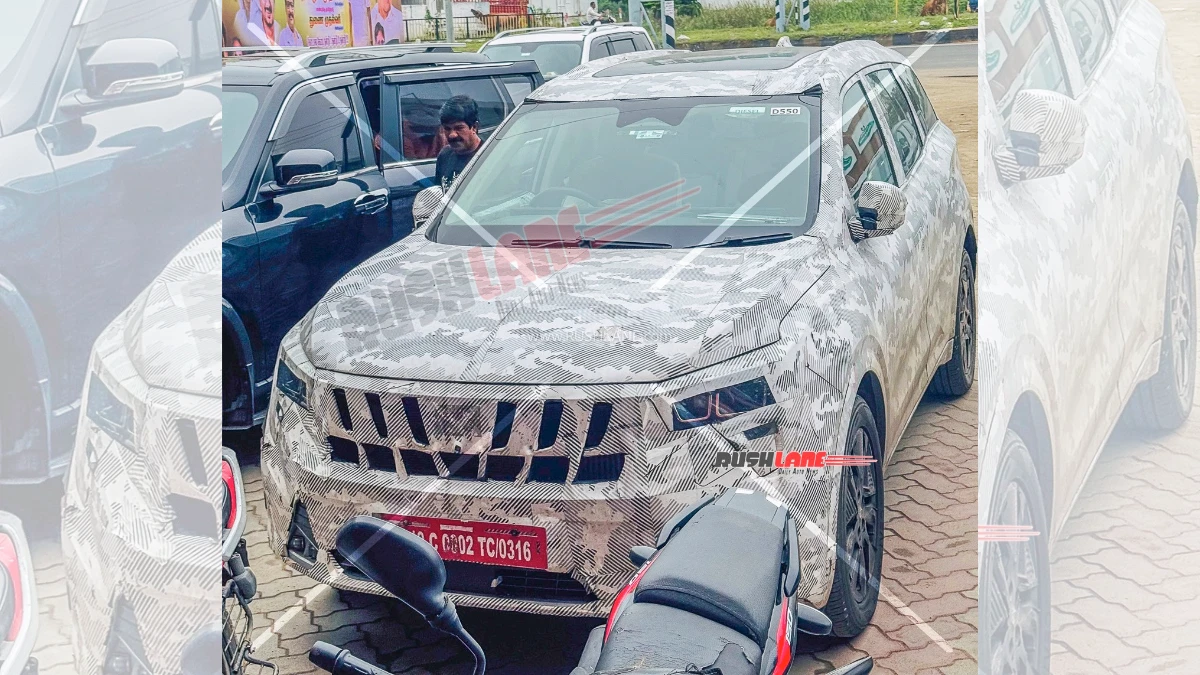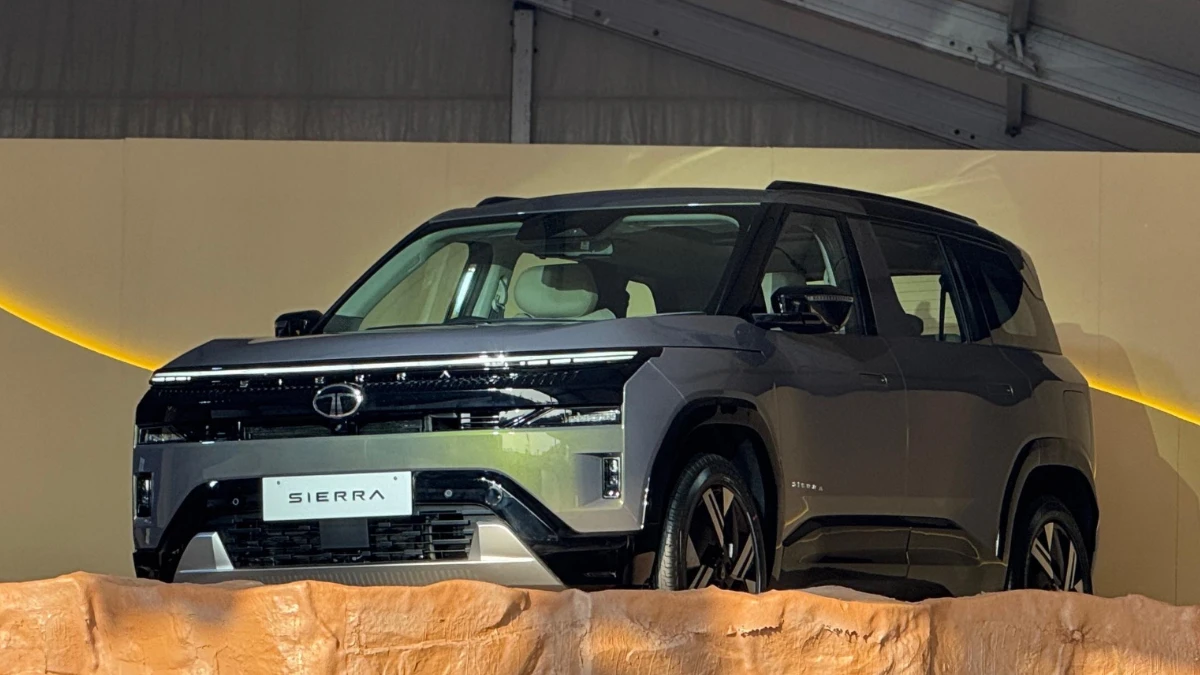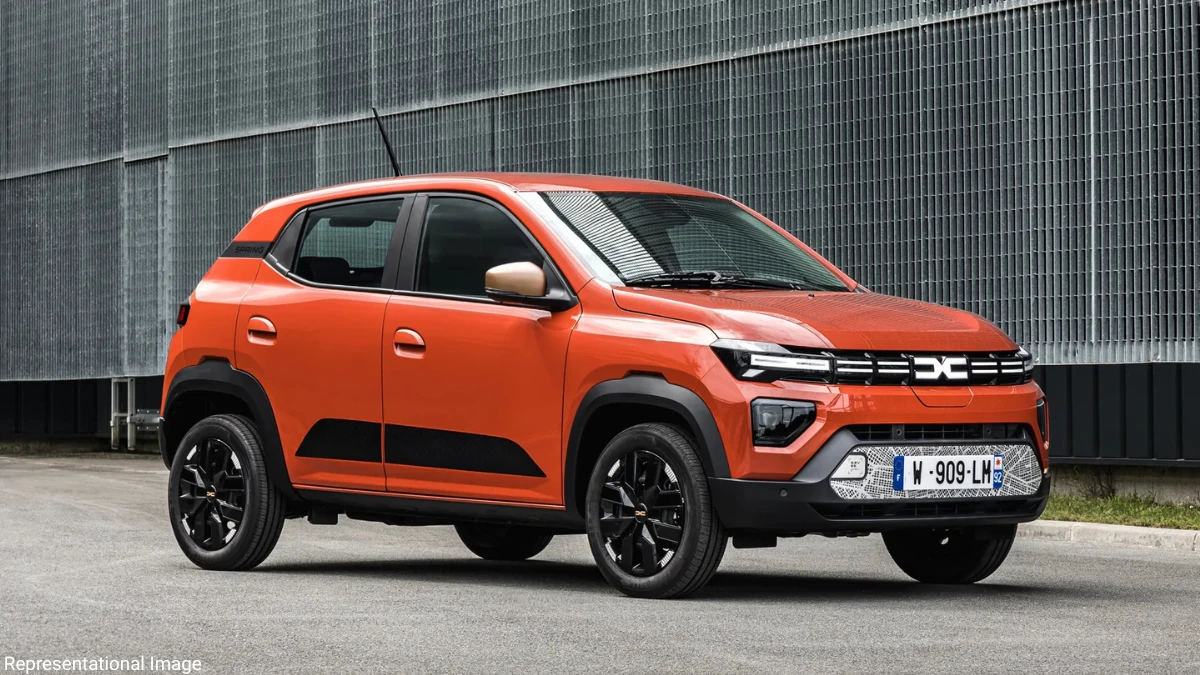
Renault India is gearing up to launch the electric version of Kwid in India. As the electric vehicle market continues to grow, the Renault Kwid EV is expected to be one of the more affordable options for eco-conscious car buyers. While the specifications are still under wraps, recent spy shots and developments suggest what we can expect from this new EV.
Here’s a closer look at the Renault Kwid EV, its features, and more:
What We Know About the Renault Kwid EV So Far
Renault Kwid EV shares its platform with the Dacia Spring EV, which is already available in Europe. In fact, the test mules spotted in India closely resemble the Dacia Spring EV, giving us some insight into what Renault might offer. The Kwid EV is expected to feature a compact design - perfect for Indian city roads.
One of the key highlights of the Kwid EV is its expected range and performance. It will likely feature an efficient battery, providing a practical range for daily use, making it a strong contender among upcoming cars in India.
Also Read: Renault to Launch 3 New Cars in India in 2026
Powertrain and Performance Updates
While the Renault Kwid EV is yet to reveal its final specifications, it’s expected to be equipped with a lithium-ion battery pack. This battery could offer a range similar to the Dacia Spring EV, which provides up to 225 km on a full charge. The Kwid EV will likely offer a similar range, which will be suitable for daily commutes.
The Dacia Spring EV, which shares a similar powertrain, recently underwent updates, including the introduction of more powerful 70 hp and 100 hp motors. These upgrades were introduced to address earlier complaints of slow acceleration and underwhelming performance. If Renault introduces similar updates for the Kwid EV, it could significantly improve the car's performance, offering quicker acceleration.
The updated Dacia Spring EV, for example, can accelerate from 80 to 120 km/h much faster with the new 70 hp motor, completing it in just 10.3 seconds compared to 26.2 seconds with the previous motor. This kind of performance improvement could be mirrored in the Kwid EV, giving it an edge over competitors in the electric car segment.
Charging and Battery Upgrades
Renault Kwid EV is likely to feature a lithium iron phosphate (LFP) battery, similar to the one found in the updated Dacia Spring EV. This new battery technology is safer, more affordable, and longer-lasting compared to conventional lithium-ion batteries. It also supports faster charging, with the 40 kW charging capability providing a quicker recharge time.
For instance, the Dacia Spring EV’s LFP battery can charge from 20% to 80% in just 29 minutes using a DC fast charger, while a regular 7 kW wall box charger takes about 3 hours and 20 minutes. This improvement in charging time could be a significant advantage for the Kwid EV, especially for urban drivers looking for convenience and fast turnaround.
Affordability and Competitors
One of the most appealing features of the Renault Kwid EV is its expected affordable price. Renault is aiming to price the Kwid EV competitively, making it an attractive option for first-time electric car buyers in India. The pricing could be similar to the Tata Tiago EV and MG Comet EV, both of which are affordable electric options in the Indian market.
Given that the Dacia Spring EV is priced around Rs 17.86 lakh in the UK, we can expect the Renault Kwid EV to be priced more affordably in India. With an estimated price point below Rs 10-12 lakh, the Kwid EV could help accelerate the adoption of electric vehicles in India.
Renault India - Upcoming Cars 2026: What’s Next?
Renault India is gearing up for an exciting lineup in 2026, including the much-anticipated next-gen Renault Duster, set for an early debut. With a rugged, muscular design inspired by the global model and India-specific tweaks, the new Duster will offer a 1.3-litre turbo petrol engine with 154 bhp and 250 Nm of torque, along with the possibility of a hybrid variant. Joining the Duster in the lineup is the Renault Boreal, a larger 7-seater SUV expected to launch in the second half of 2026. Built on the Duster’s platform, the Boreal will feature a longer design and may also offer the 1.6-litre petrol hybrid engine for India, positioning it against rivals like the Hyundai Alcazar and Tata Safari.
About Author

Konica Singh
Sub-Editor
Konica Singh is a passionate Automotive Journalist who brings the world of cars to life, from EV trends to exciting new car launches. Backed by 7 years in content creation, she is skilled in writing, editing, and SEO strategy that drives engagement.
Education: MA English (Delhi University)
Social Media: LinkedIn | Instagram | Twitter | Facebook
Email: konica.carlelo@gmail.com
Location: New Delhi
Top Car Brands in India
Top Car Brands in India
You May Also Like
Trending Cars in India
Trusted Dealer
All Over India
Irresistible Offers
Stay Updated, Pay Less
Compare Cars
Choose the Right Car
Easy Finance
Multiple Finance Options

Monday - Saturday
10:00am - 6:30pm
+91 7947722777, +91 7479000444, +91 9311718549
contact@carlelo.com












































